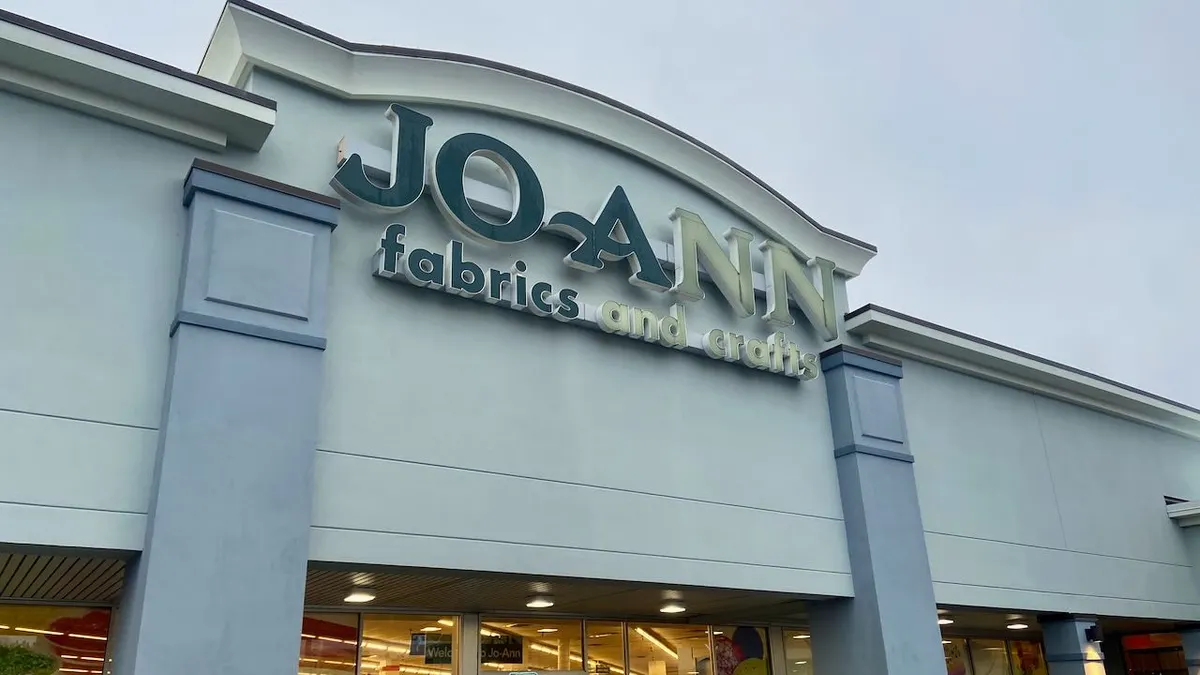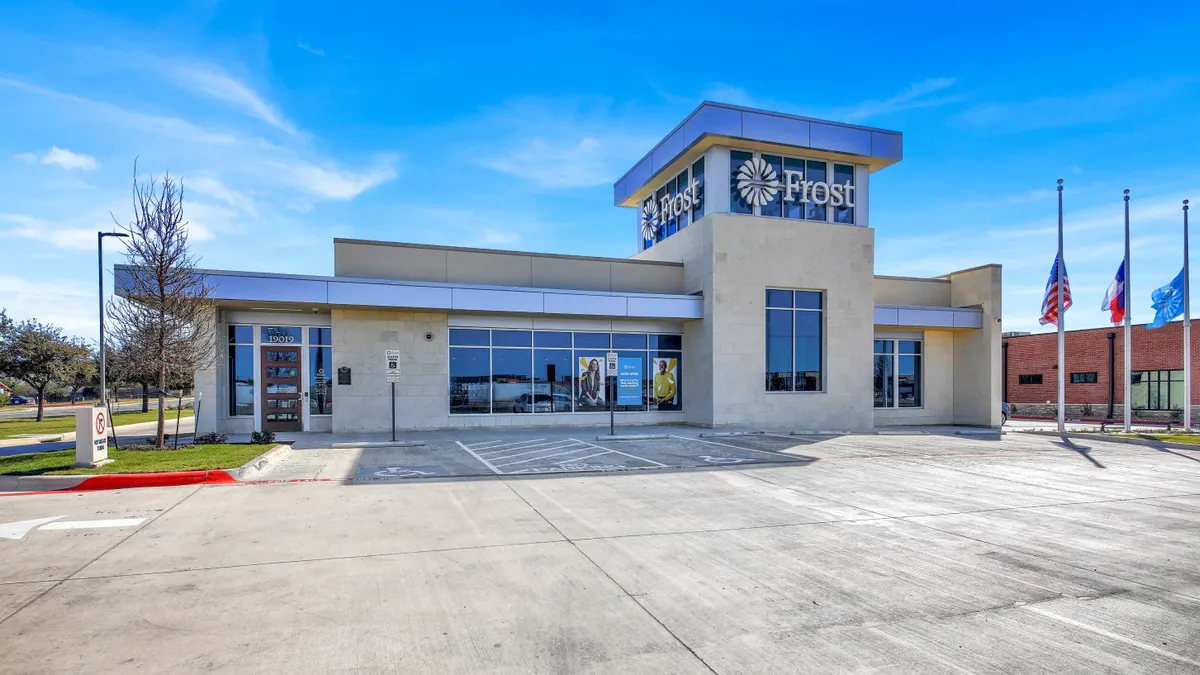EY Germany saved 21% over two years on the cost of supplying phones to its employees after it stopped buying them and switched to a monthly device-as-a-service (DaaS) subscription, according to the CEO of the phone-supplier it used, Everphone.
“Back in the day they had four full-time equivalents (FTEs) for device management and in the end they needed only half that,” Everphone CEO Jan Dzulko said in an interview. “So, much of the savings came from that. But they also benefited from the flexibility because, with consultants, you have a fairly high fluctuation in the workforce. So, for them, that was a big factor.”
Dzulko launched Everphone six years ago in Berlin after he broke his work phone and had to wait two weeks to get a replacement. Had it been his laptop, he said, he could have managed better, but to him his phone was his main productivity device.
“If my phone doesn’t work, my life doesn’t work,” he said. “I bought a device in the interim and then sold it later on eBay.”
Pedictable cost
DaaS is a quickly growing supply-chain model that tries to serve as an alternative to buying and managing devices. Much of the focus has been on desktop devices — PC makers, for example, generally offer a DaaS option — but mobile devices are growing as well.
The goal of DaaS is to wrap the multiple costs of owning and operating devices into one monthly fee. For CFOs, the attraction is simplicity and potential cost savings. It simplifies accounting and budgeting by moving the cost from an unpredictable and variable capital expense to a predictable, recurring operating expense, and it tries to save costs by simplifying device management. Among other things, a company likely needs fewer IT staff to procure the phones, install the company-specific security and other software, train users on the devices and handle replacements.
“We actually know that, for large corporations, for every 2,500 mobile devices, you need one so-called mobile device manager, an IT administrator,” he said. “We reduce that to nearly zero.”
Recent growth
EY Germany, in 2018, became Everphone’s first big enterprise customer. “When they ordered 10,000 devices, we knew we [had a workable model],” he said.
The company closed a Series A financing round immediately after EY came on board to cover the cost of hiring people to manage the new customer's phones and at the same time it set up its first debt facility, for $2 million. “We didn’t want to use equity to buy the phones,” he said.
Under the company’s model, it buys the phones, manages the licenses, installs the software, separates work from personal data and replaces the phones when they break. Depending on the market, it tries to replace them either that day or overnight.
“No questions asked,” he said. “It doesn't matter if the user breaks the phone, whether it’s personal use or work use. We replace it and erase the company data after it’s returned.”
Pricing hovers between $20 and $22 a phone. If employees want the best model and the company doesn’t want to pay for that, Everphone charges the company the base monthly fee and the employees get the additional cost, usually a few dollars a month, taken out of their paycheck.
“Consulting people always want the newest and best model out there,” he said.
Everphone makes most of its money on the back end, by replacing phones after two or three years, refurbishing them, and then using them for another three years or so. “Because we extend the life of the phone, we add a high level of service,” he said.
Security solution
It’s common for smaller companies and startups to use a bring-your-own-device model, in which employees use their own phones for work in exchange for a monthly subsidy or reimbursement. But Dzulko believes the DaaS model can be attractive to these companies if only because it can ensure employee phones are new and powerful enough to handle the company’s security and other software requirements.
“At an enterprise level, usually the security is simply too much work for many people’s phones,” he said. “You would have to ask every single employee to come to the IT help desk and then install the software on the device. That usually causes an uproar among employees, because nobody wants their employer to install something on their device. And you never know how old the platforms are, so some of the enterprise apps you would like to use might not run on the device.”
As with the DaaS space generally, Everphone has seen its growth accelerate in the last few years.
“In the beginning it was pretty linear,” he said. “Then, at some point, we really exponentially started growing. At the end of the first year we had 500 phones under management. At the end of the second year, 2,500; end of the third year, 20,000, and then last year, 45,000. At the end of this year it will be 140,000.”
The company has just launched its operations in the United States, with an office in Miami. Last year it reached $40 million annual recurring revenue (ARR); Dzulko thinks it’ll hit $100 million this year.
“We’re planning to do another financing round, probably in the third or fourth quarter of this year, especially to expand in the US, and scale the model.”





















